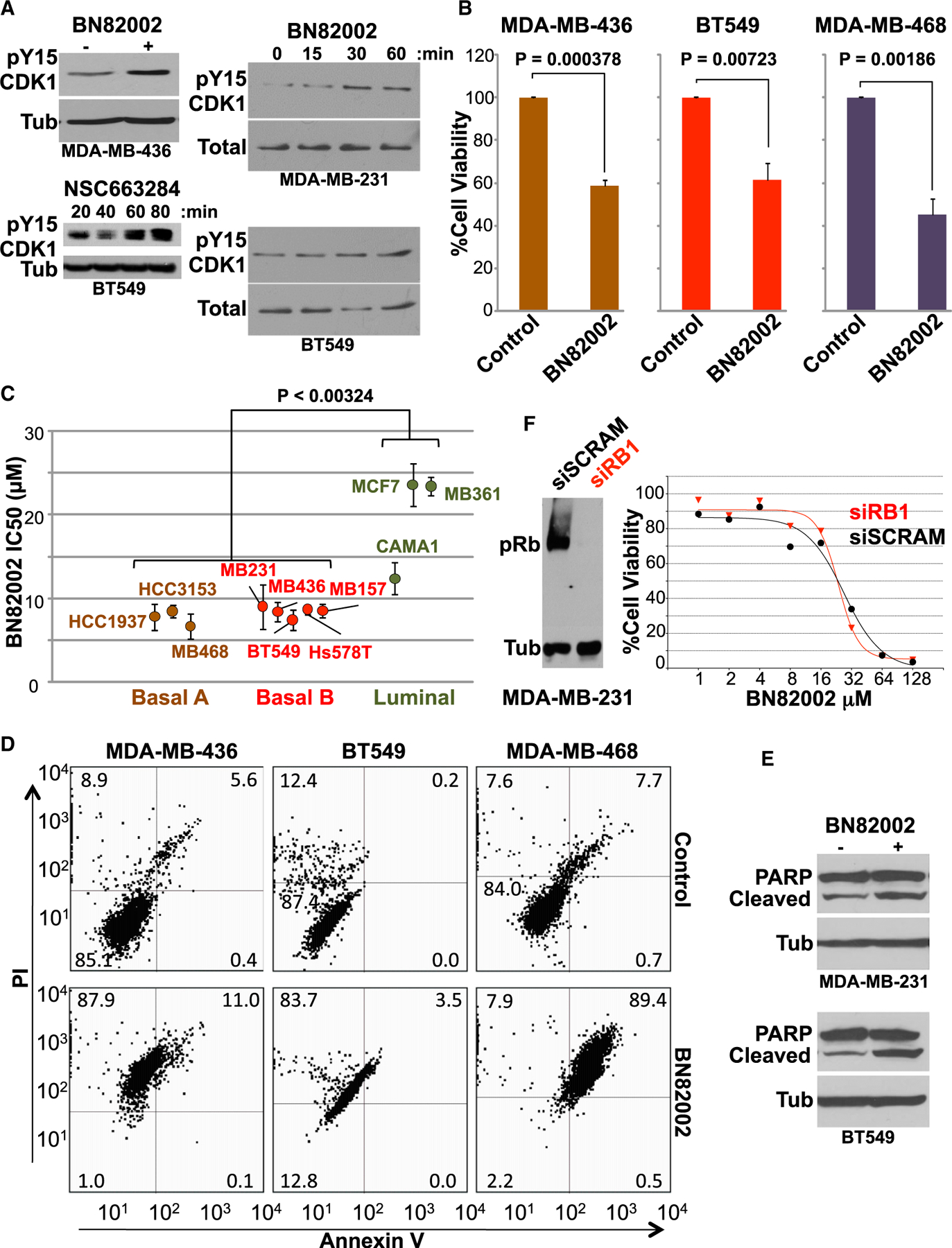Figure 3. RB1-Deficient TNBC Cells Are Sensitive to CDC25 Inhibition.

(A) Induction of CDK1 Tyr15 phosphorylation by the CDC25 inhibitors BN82002 and NSC663284. Indicated human TNBC cells were treated with inhibitors for 60 min or indicated time periods and were immunoblotted with anti-pY15 CDK1 antibody. Antibodies for tubulin or total CDK1 served as loading controls.
(B) Significant inhibition of RB1-deficient TNBC (BT549, MDA-MB-436, and MDA-MB-468) cell proliferation by BN82002 (10 μM). Average and SD were calculated from 5 independent experiments.
(C) IC50s ± SD of BN82002 in indicated luminal (CAMA1, MCF7, and MDA-MB-361), basal A (basal-like; HCC3153, MDA-MB-468, and HCC1937), and basal B (claudin-low; BT549, Hs578T, MDA-MB-157, MDA-MB-231, and MDA-MB-436) BC lines. The p value denotes one-way ANOVA with Tukey post hoc.
(D) Induction of apoptosis by CDC25 inhibitors in TNBC cells. Levels of apoptosis were determined by flow cytometry of annexin V- and PI-stained TNBC cells (BT549, MDA-MB-436, and MDA-MB-468) after BN82002 (10 μM) treatment.
(E) Induction of PARP cleavage 24 hr post-CDC25 inhibition in indicated TNBC cells.
(F) Left: efficient RB1 knockdown in MDA-MB-231 cells. Cells were transfected with RB1-specific or scrambled RNAi and analyzed for pRb expression 3 days later. Right: knockdown of RB1 via RNAi does not reduce sensitivity of MDA-MB-231 cells to BN82002.
